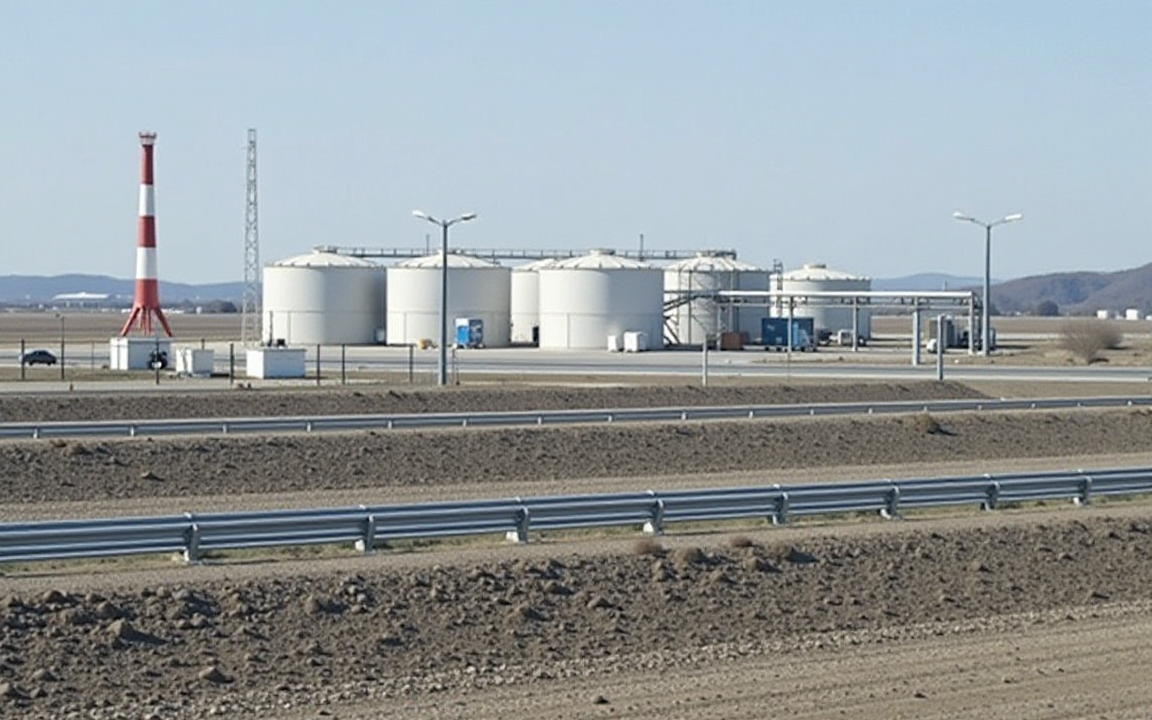
The European Parliament on Thursday approved a measure to relax the European Union’s regulations concerning the filling of gas storage facilities.
This decision aligns with the worries expressed by several member states, which argued that the existing stringent targets for gas storage could potentially lead to an increase in energy prices across the bloc, according to a Reuters report.
This adjustment to the rules reflects the ongoing debate within the EU about balancing the need for secure energy supplies with the imperative to manage energy costs for consumers and businesses.
The European Union’s gas storage regulations were established in 2022 as a direct response to the energy security crisis precipitated by Russia’s full-scale invasion of Ukraine.
This act of aggression led to a substantial reduction in natural gas deliveries from Russia, a key supplier to the European continent.
The ensuing supply shock caused unprecedented volatility and a dramatic surge in gas prices across Europe, raising concerns about the availability of fuel for heating and industrial processes during the winter months.
Recognising the vulnerability exposed by this disruption, the EU implemented mandatory gas storage requirements to create a strategic reserve.
Objectives
The core objective of these rules was to ensure that member states maintain a minimum level of stored natural gas, thereby providing a crucial buffer against potential future supply disruptions and price spikes.
This stored fuel is intended to guarantee a stable energy supply for households and businesses throughout the winter season and to mitigate the economic fallout associated with energy shortages.
The regulations mandate specific filling targets for gas storage facilities by designated deadlines before each winter, aiming to bolster the EU’s overall energy resilience and reduce its dependence on potentially unreliable suppliers.
Governments last month supported proposals to ease gas storage regulations before winter.
This decision stemmed from concerns that the existing requirement to reach 90% storage capacity by November 1 was driving up prices.
The rule signaled to the market that European buyers needed to purchase significant gas volumes to meet this deadline.
New gas storage target
The European Parliament approved a reduced gas storage filling target of 83%.
Member states will have the flexibility to reach this target anytime between October 1st and December 1st.
Lawmakers have stated that countries should be permitted to deviate from the 83% target by up to four percentage points if unfavorable market conditions, like elevated gas prices, arise.
The Thursday vote suggests a greater possibility of the EU’s winter targets being eased.
Subject to approval within the coming months, updated EU storage-filling targets for 2026 and 2027 will take effect.
These changes may also apply to the November target for the current year if approved in time.
Negotiations between the EU and the Parliament
Parliament and EU countries are set to negotiate the final regulations, aiming for approval of a definitive agreement around July.
The negotiating stance of EU countries aligns with the amendments supported by Parliament on Thursday.
Both parties are advocating for a 10 percentage point decrease in the 90% target under challenging market circumstances.
Concerns about the economic consequences of US President Donald Trump’s trade war and efforts to reduce Europe’s gas storage requirements have contributed to a decline in benchmark EU gas prices.
Prices retreated to their lowest level in nearly nine months last month, marking a continued fall since February.
The post EU eases gas storage targets amid price concerns appeared first on Invezz

